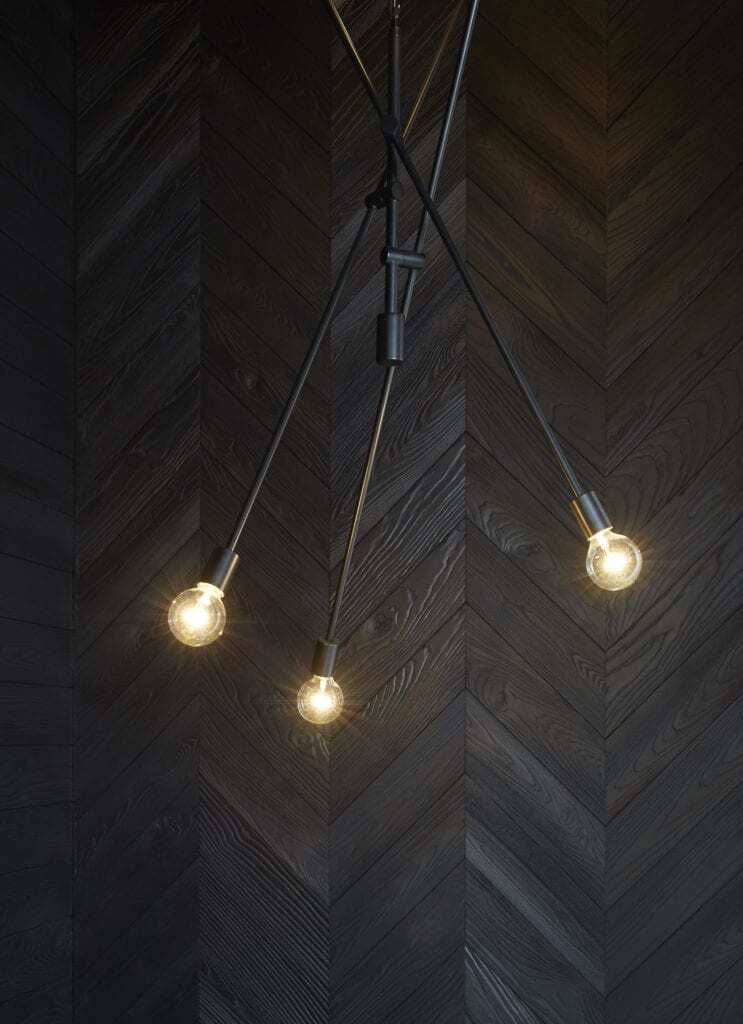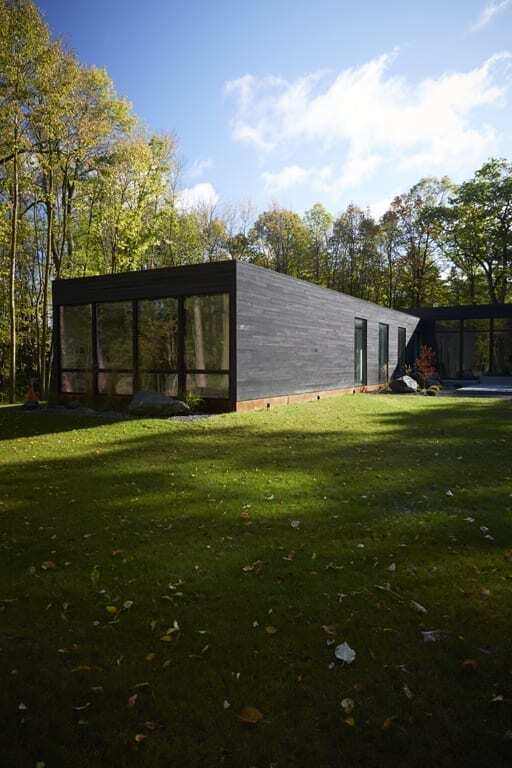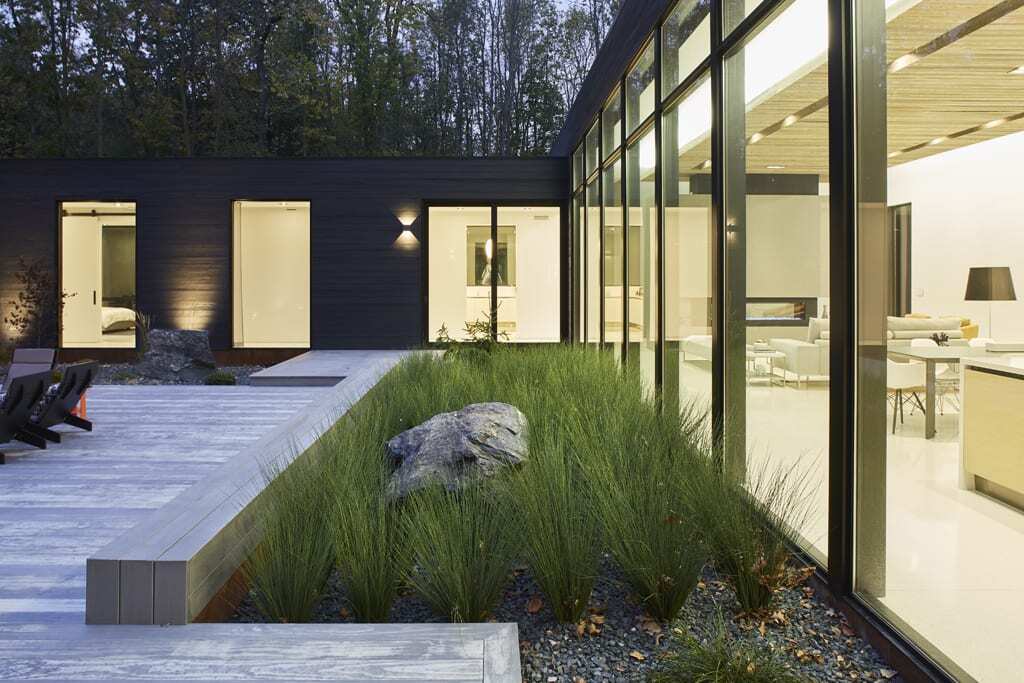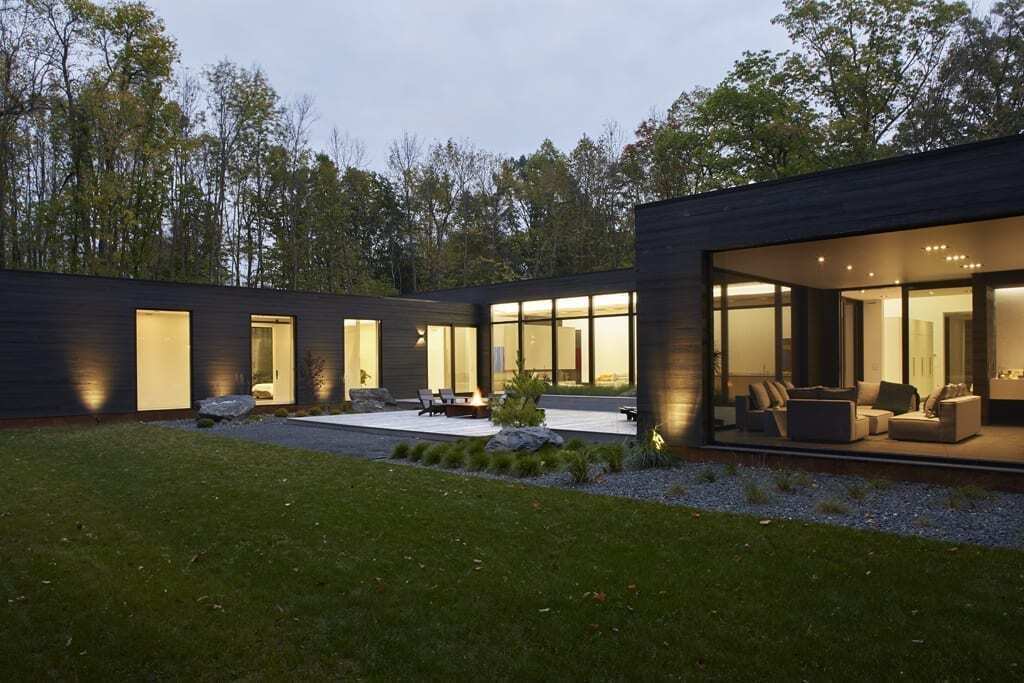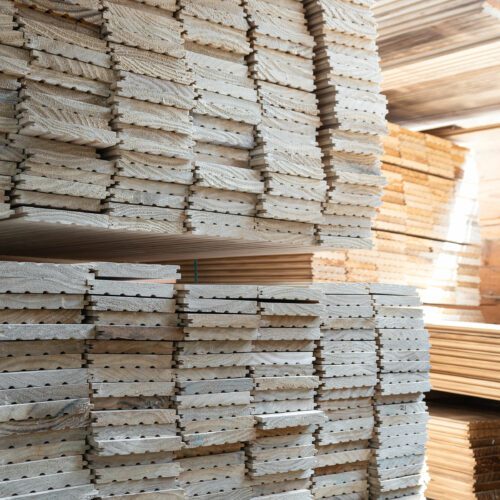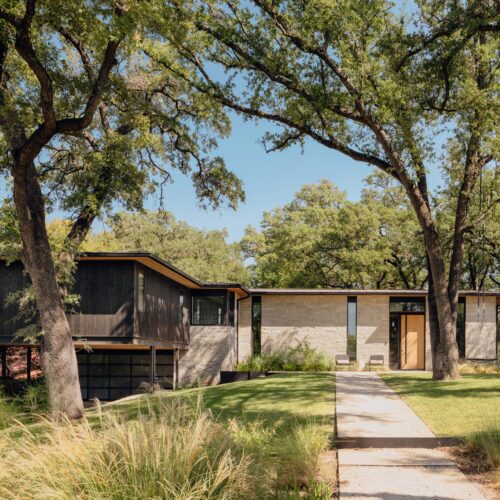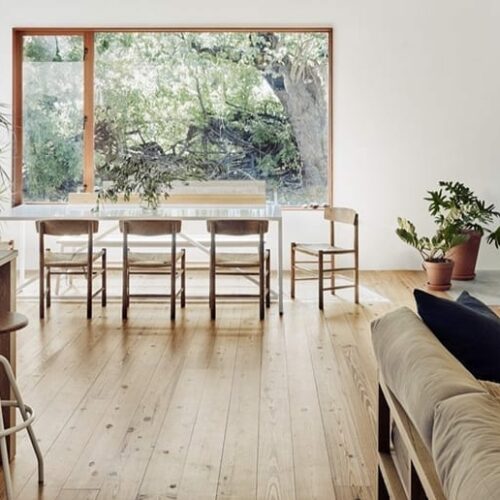With sustainability in our roots, we strive to maintain ethical practices in everything we do. Aesthetics are important, but how a look is achieved is equally, if not more important. To honor our products, we must first respect the environment they come from and seek innovative ways for the future of wood production. Thermal Modification seeks to answer the environmental call by creating a product that is striking, superior and eco-friendly.

THE PROCESS AND RESULT
Thermal Modification refers to the process of wood this is placed in a chamber and gradually heated between 410-450º F, and completely void of Oxygen to prevent combustion. Through this process, wood is altered on a cellular level, fostering many noteworthy improvements. All thermally modified tree species are abundant in North America and Europe, making them a sustainable choice to harvest, and include Oak, Spruce, Hemlock and Radiata Pine.
Thermally modified woods have a distinctive chocolate brown color all the way to the core due to the caramelization of sugars in the wood during the process. The final product can be applied unfinished or customized further. Choose from our unique, durable stains to add a personalized touch to your interior or exterior design.

DURABLE, STABLE AND RESISTANT TO WEATHER AND HEAT
Through thermal modification, the benefits achieved produce a product that’s paving the way for the evolution of sustainable wood practices. The durability of wood is greatly improved due to the removal of hemicelluloses and carbohydrates in the cell walls, modifying the product on a cellular level. This consequently prevents imminent decay from invasive organisms once their food source is eliminated.
Dimensional Stability is another benefit of thermal modification, making thermally-modified woods a great choice for exterior applications. Moisture evaporates through the heating process, resulting in a lightweight product that is less impacted from changes in humidity leading to the dreaded warping, cracking, shrinking and swelling of wood. With increased heat, weather and decay resistance, areas susceptible to moisture and insects like decks, siding and basements can be greatly improved by incorporating thermally modified woods.
THE FUTURE OF SUSTAINABILITY
Going green has never been more imperative than it is now. American hardwoods such as Ash and Poplar achieve Durability class 1 through thermal modification, confirming to be a great alternative to their unsustainable Tropical Hardwood equivalents such as teak and ipe.
The process of Thermal Modification also involves zero chemicals, eliminating the need for harsh, toxic substances that are often prolific in building materials. Pressure-treated wood, for example, is soaked in chemical preservatives to prevent infestation and decay, but at a tall cost. Challenging what has traditionally been done in wood production will shape how we move forward as a society. Sourcing materials carefully and thoughtfully, while strategizing how to best optimize performance are the key ingredients needed for sustainable growth. Through thermal modification, we can offer products that are distinct and appealing, without sacrificing the environment we share with the natural world.
